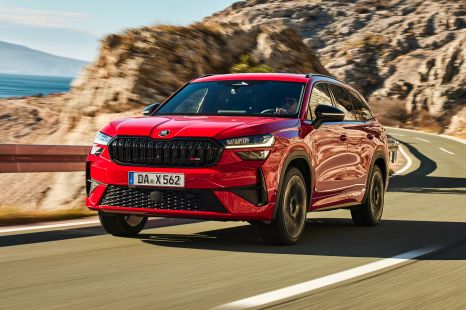

James Wong
2026 Skoda Kodiaq RS: Seven-seat performance SUV priced for Australia
4 Hours Ago
More than 1000 people are admitted to hospital due to accidents involving mobility scooters in Australia per annum, what can we do better?

Senior Contributor


Senior Contributor
Mobility scooters – also known as buggies or gophers – are an excellent way for the less mobile to be able to get around.
Whether it’s to duck to the shops, see friends or family, or just get out and about, these devices are enabling people to live healthier and longer lives, as research shows that isolation is a silent killer for those who can’t get out and about as much as they used to.
There’s another aspect to these motorised devices, though. Across Australia, every year, more than 1000 people are admitted to hospital due to accidents involving mobility scooters, according to the Australian Institute of Health and Welfare (AIHW).
Many of these are due to misuse of the devices, whereby users are inappropriately operating their scooters in conditions outside of the legislation and regulations.
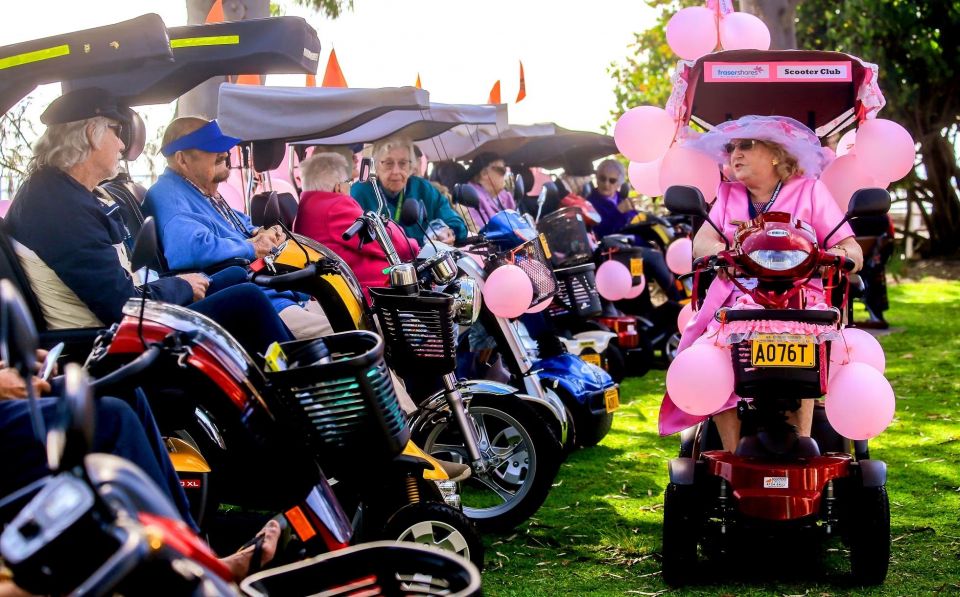
Indeed, the report “Mobility scooter-related injuries and deaths” from AIHW states that 64 per cent of all deaths on motorised scooters involved other vehicles, such as cars, trains or trucks. This doesn’t necessarily mean that those users were driving on the road when hit, rather they may have been crossing a road and been struck and killed.
Either way, mobility scooter users need to be mindful of the rules they must abide by in Australia. The AIHW states that, nationwide, a person using a mobility scooter “is considered to be a pedestrian if the mobility scooter has a maximum speed of 10km/h on flat ground, and users are subject to the general road rules for pedestrians”. It is also worth noting that while no training or licence is required, mobility scooters must be registered in Queensland – no other jurisdiction requires that.
And beyond that, it is poignant to note that in NSW, there are guidelines that require a user to prove that they need a scooter for the purposes of personal mobility, be it because of a physical disability or limited movement. Beyond that, these devices must not be operated under the influence of drugs or alcohol in NSW, as penalties may apply.
So, where can a person use a mobility scooter? Essentially – it’s anywhere a pedestrian can go. Queensland, for instance, states that mobility scooters can go anywhere a pedestrian can go, such as footpaths, shopping centres, and nature strips.
But the rules also make it clear that these devices “cannot be used on the road in the same way as a car”, and that they can only be used on the road “if there is no footpath, pathway, or nature strip available, and only where a pedestrian is allowed to walk”.
So while it is legal for a mobility scooter user to drive on the road, there are specific cases only where that is allowed, and in those cases, the user must “stay as close as possible to the side of the road, and travel in the opposite direction to traffic for good visibility”.
In the same way that pedestrians need to abide by rules around jay-walking, and as such scooter users need to cross at the safest point – crossings, traffic lights, and make use of refuge islands where possible. Likewise, even though the sign might read “walk” or “don’t walk”, or have an illuminated illustration of the likeness of such, scooter riders must abide by those signals, too.
And, while these ‘vehicles’ have wheels, they are not permitted on bicycle paths.
So, if you see old mate Herbert driving down the street – not on the footpath, on the actual street – you ought to let him know that he’s breaking the law.
The law in NSW puts it succinctly: “When using your mobility scooter, you’re considered a pedestrian. You must follow the same road rules that apply to pedestrians.”
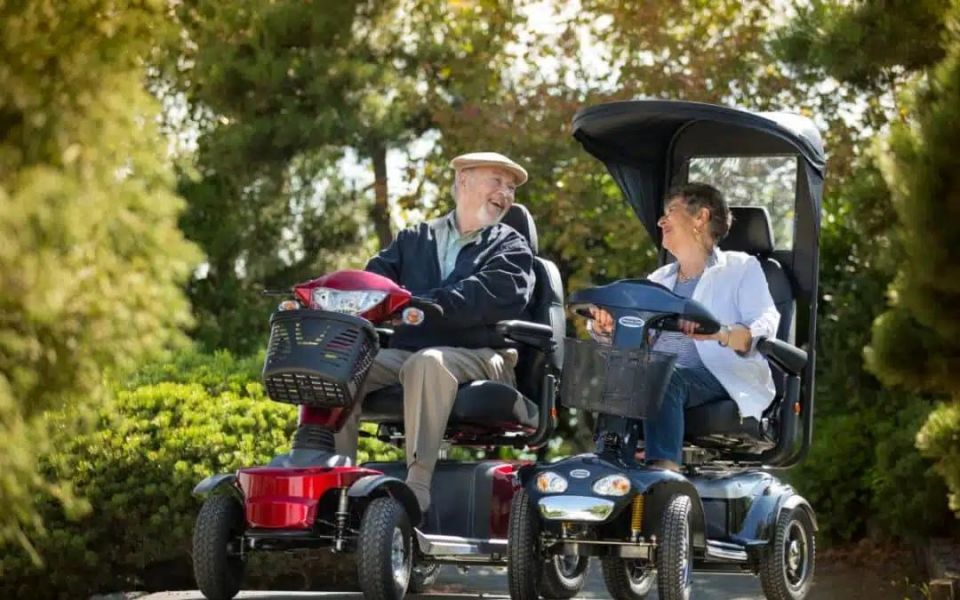
As such, just like a pedestrian, you cannot walk on the road, and you certainly can’t go for a stroll (or roll) along a motorway.
According to NSW Transport, these devices are classified as motorised wheelchairs, and as such, these “mobility aids with two or more wheels and have a top speed of 10km/h on level ground”.
You can easily see the problem with that, if you were to encounter someone riding one on a 50km/h street. Anecdotally, I’ve seen people using these devices on country highways where the speed limit is 100km/h, or TEN TIMES the maximum speed of the mobility unit.
For NSW users of these devices, the rules include that they are specifically designed for one occupant only, and also:
Be sure to get in touch with your relevant state authorities for clarification on any of the points above, as there is ample information on mobility scooter use and legalities in each of the states and territories across the country.
Not intended as legal advice. Check with the relevant roads authority in your state or territory.
Matt has more than a decade of experience in automotive journalism, and loves exploring the pros and cons of new cars, delving into deep-dive industry stories, and going for a drive just for the fun of it.


James Wong
4 Hours Ago
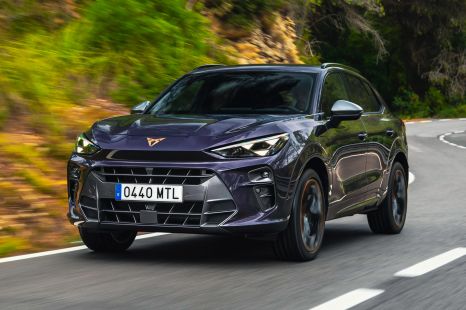

James Wong
4 Hours Ago


CarExpert.com.au
5 Hours Ago


Damion Smy
5 Hours Ago
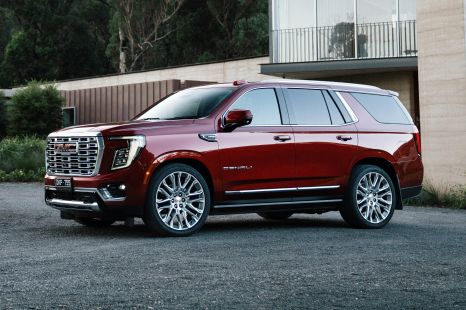

Alborz Fallah
6 Hours Ago


William Stopford
6 Hours Ago